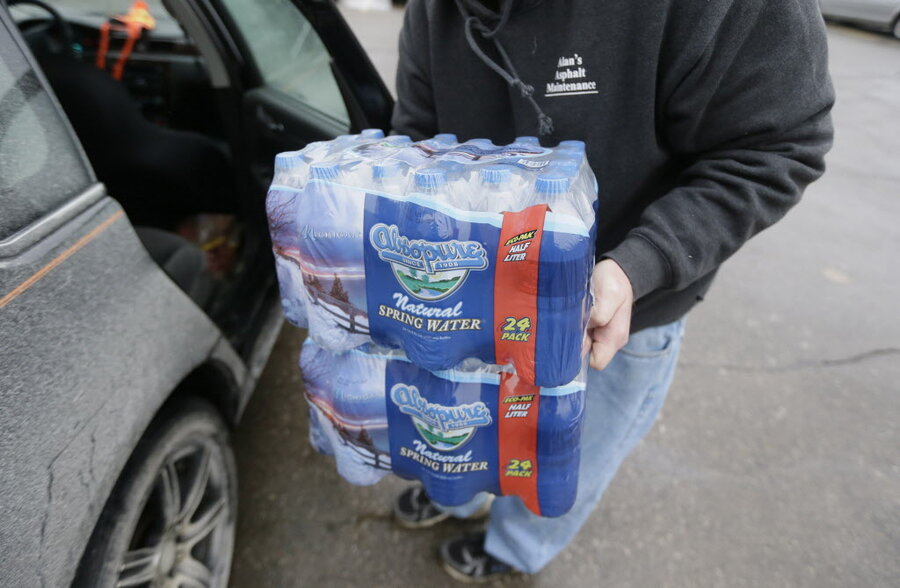How to deduct charitable donations on your taxes
Loading...
Donating to a reputable charity is a great way to help organizations that provide assistance to the less fortunate. As a bonus, these charitable contributions can also leave you with a smaller bill come income-tax time, since the IRS allows you to deduct a portion of your yearly charitable contributions on your federal income taxes. This means that your generosity can leave you owing fewer dollars to the IRS on April 15.
But as with most matters involving the IRS, there are rules you need to follow when claiming charitable contributions. And if your charitable deductions seem overly high for your income? That could trigger an audit.
The rule for charitable contributions, both cash and non-cash, comes down two simple principles: Don't lie about how much you're giving as a way to claim a bigger deduction. And when you do make your contributions, make sure to get receipts — and in some cases, appraisal letters — that verify your donations.
Be Honest
Bill Farmer, owner and president of HTI Tax Service in Lexington, Kentucky, gives this example: He recently worked with a couple who wanted to claim more than $11,000 in cash charitable contributions on a combined yearly income of just $61,000. The couple also had mortgage statements showing that they had paid more than $10,000 in interest and another $2,500 in taxes on their home.
Those three numbers alone — mortgage interest, taxes, and charitable contributions — equaled more than a third of their income, an unrealistically high amount. The couple also wanted to claim an additional $10,900 in contributions to Goodwill on top of this figure.
Farmer correctly told the couple that for donations of more than $5,000, they'd need to provide not only receipts for their charitable contributions but also a written appraisal stating how much the donations were actually worth. When the couple heard that, they asked Farmer to instead list their donation to Goodwill as $4,999, just under the limit.
"They were begging to get audited," Farmer said.
Common Mistakes
Unfortunately, such moves aren't that rare. Eric Meermann, a certified financial planner and portfolio manager with Palisades Hudson Financial Group's Scarsdale, New York office, said that charitable contributions are often a red flag when it comes audits. This is especially true for those contributions that are non-cash, such as when filers donate old clothing to the Salvation Army and claim that the donations are worth $4,000.
"Charitable contributions are open to mistakes," Meermann said. "If you donate a bunch of shoes to the United Way, how do you come up with an accurate value for that? The key is to be reasonable."
Cash Donations Are Easiest to Deduct
The IRS' rules for governing charitable contributions are rather strict, but cash contributions are easier to handle. If you write a check to a charity or make a donation to one with your credit card of less than $250, you'll need a receipt showing the date and amount of your contribution. If you don't have that, you can also rely on a cancelled check, credit card statement, or other bank record showing that you made the donation.
You won't have to attach this receipt or other documents to your income-tax return. But you will need these documents if the IRS later asks you to verify your contribution.
For a cash contribution of $250 or more, you don't have this leeway: You must get a written receipt from the charity describing your donation. Canceled checks or credit card statements aren't enough.
Non-Cash Contributions Are Tricky
Non-cash contributions are more complicated. For non-cash donations of up to $250, you'll need a receipt from the charity showing that you actually made the donation. The receipt must state the date and location of your donation, the name of the organization, and a description of what you donated. You won't have to attach this receipt to your income-tax returns, but you will need it if the IRS contacts you later asking for proof of your charitable donations.
If your non-cash donation is more than $250, you'll again need a receipt from the charity that describes what you are donating. But this receipt should also list whether you received any goods or services from the charity in exchange for your donation. The receipt must list the goods or services that you received and provide an estimated value for them.
If you donate more than $500 of non-cash contributions in a calendar year, you must also file IRS Form 8283 Noncash Charitable Contributions with your income taxes. If the total value of your gifts is less than $5,000, you'll only have to fill out Section A of this form.
Really Big Contributions Require More Paperwork
If you are making a big contribution of more than $5,000, you'll need an appraisal letter. This holds true whether you are giving away a single item worth more than $5,000 — such as a valuable painting — or several items that totaled together equal more than $5,000, such as boxes of antique plates from your attic.
The person writing your appraisal letter must be a professional that the IRS lists as a "qualified appraiser." This professional must sign the Form 8382 that you attach to your income taxes.
If the IRS should send you a letter asking for proof of your charitable contributions, don't panic. Meermann said that if you do have verification of your donations, and you were honest about what you gave, you should have no worries.
"It's completely normal for the IRS to ask filers about their charitable contributions," Meermann said. "It doesn't necessarily mean anything bad is going to happen to you."
This article first appeared at Wise Bread.







